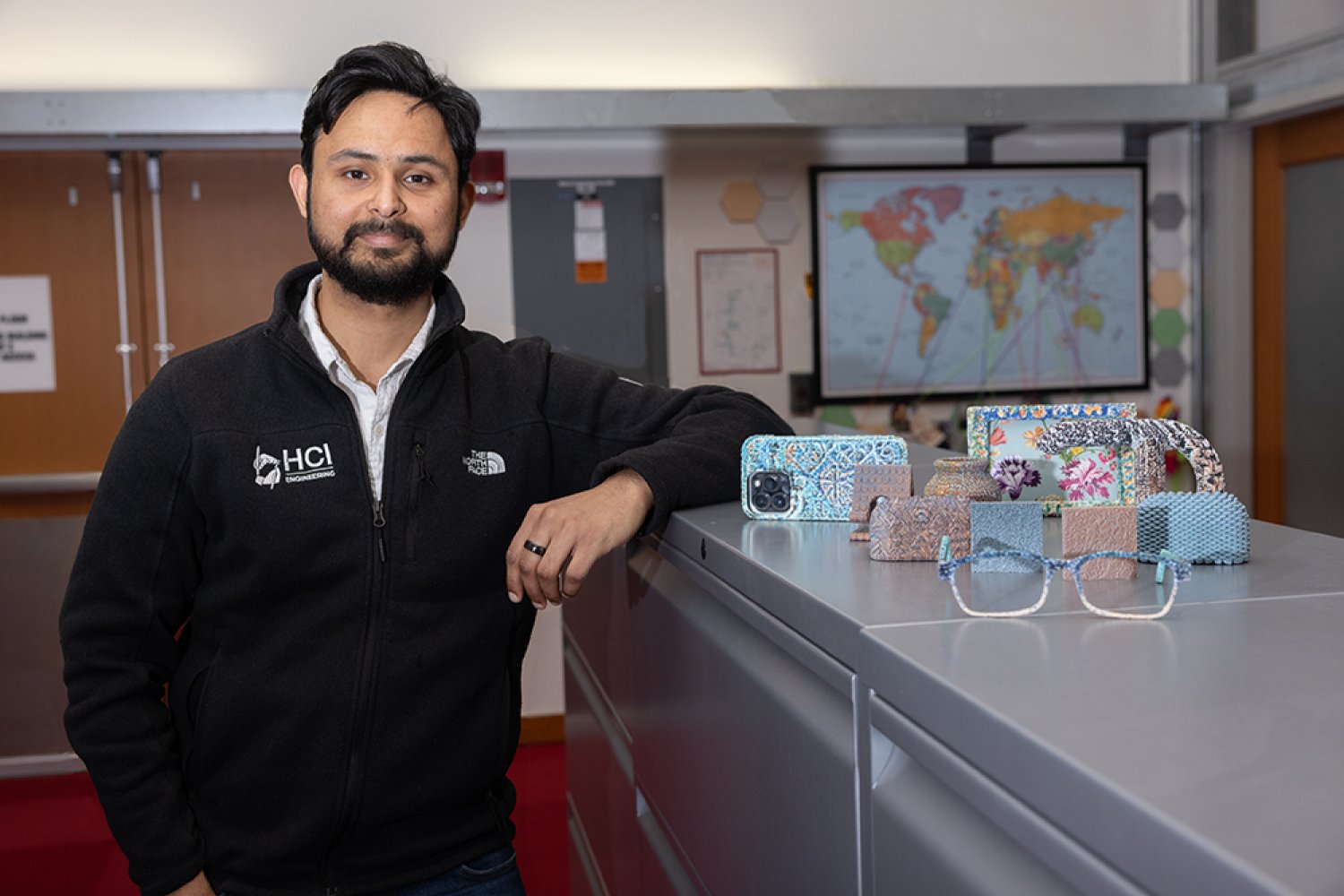Introduction to 3D Modeling and Tactile Properties
Essential for many industries ranging from Hollywood computer-generated imagery to product design, 3D modeling tools often use text or image prompts to dictate different aspects of visual appearance, like color and form. As much as this makes sense as a first point of contact, these systems are still limited in their realism due to their neglect of something central to the human experience: touch. Fundamental to the uniqueness of physical objects are their tactile properties, such as roughness, bumpiness, or the feel of materials like wood or stone.
The Limitations of Existing Modeling Methods
Existing modeling methods often require advanced computer-aided design expertise and rarely support tactile feedback that can be crucial for how we perceive and interact with the physical world. With that in mind, researchers at MIT’s Computer Science and Artificial Intelligence Laboratory (CSAIL) have created a new system for stylizing 3D models using image prompts, effectively replicating both visual appearance and tactile properties.
Introducing TactStyle
The CSAIL team’s “TactStyle” tool allows creators to stylize 3D models based on images while also incorporating the expected tactile properties of the textures. TactStyle separates visual and geometric stylization, enabling the replication of both visual and tactile properties from a single image input. This means that users can create highly realistic models that not only look but also feel like real objects.
How TactStyle Works
TactStyle uses a preexisting method, called “Style2Fab,” to modify the model’s color channels to match the input image’s visual style. Users first provide an image of the desired texture, and then a fine-tuned variational autoencoder is used to translate the input image into a corresponding heightfield. This heightfield is then applied to modify the model’s geometry to create the tactile properties. The color and geometry stylization modules work in tandem, stylizing both the visual and tactile properties of the 3D model from a single image input.
Applications of TactStyle
PhD student Faraz Faruqi, lead author of a new paper on the project, says that TactStyle could have far-reaching applications, extending from home decor and personal accessories to tactile learning tools. TactStyle enables users to download a base design — such as a headphone stand from Thingiverse — and customize it with the styles and textures they desire. In education, learners can explore diverse textures from around the world without leaving the classroom, while in product design, rapid prototyping becomes easier as designers quickly print multiple iterations to refine tactile qualities.
Potential Uses in Various Fields
TactStyle can be used to create tactile educational tools to demonstrate a range of different concepts in fields such as biology, geometry, and topography. Traditional methods for replicating textures involve using specialized tactile sensors — such as GelSight, developed at MIT — that physically touch an object to capture its surface microgeometry as a “heightfield.” But this requires having a physical object or its recorded surface for replication. TactStyle allows users to replicate the surface microgeometry by leveraging generative AI to generate a heightfield directly from an image of the texture.
Experiments and Results
In experiments, TactStyle showed significant improvements over traditional stylization methods by generating accurate correlations between a texture’s visual image and its heightfield. This enables the replication of tactile properties directly from an image. One psychophysical experiment showed that users perceive TactStyle’s generated textures as similar to both the expected tactile properties from visual input and the tactile features of the original texture, leading to a unified tactile and visual experience.
Future Developments
Looking ahead, Faruqi says the team aims to extend TactStyle to generate novel 3D models using generative AI with embedded textures. This requires exploring exactly the sort of pipeline needed to replicate both the form and function of the 3D models being fabricated. They also plan to investigate “visuo-haptic mismatches” to create novel experiences with materials that defy conventional expectations, like something that appears to be made of marble but feels like it’s made of wood.
Conclusion
TactStyle is a revolutionary tool that enables the creation of highly realistic 3D models with both visual and tactile properties. Its applications are vast, ranging from product design and education to home decor and personal accessories. As the technology continues to develop, we can expect to see even more innovative uses of TactStyle in various fields.
FAQs
- What is TactStyle?
TactStyle is a tool that allows creators to stylize 3D models based on images while also incorporating the expected tactile properties of the textures. - What are the applications of TactStyle?
TactStyle has far-reaching applications, extending from home decor and personal accessories to tactile learning tools. - How does TactStyle work?
TactStyle uses a preexisting method, called “Style2Fab,” to modify the model’s color channels to match the input image’s visual style, and then applies a fine-tuned variational autoencoder to translate the input image into a corresponding heightfield. - What are the potential uses of TactStyle in education?
TactStyle can be used to create tactile educational tools to demonstrate a range of different concepts in fields such as biology, geometry, and topography. - What are the future developments of TactStyle?
The team aims to extend TactStyle to generate novel 3D models using generative AI with embedded textures and to investigate “visuo-haptic mismatches” to create novel experiences with materials that defy conventional expectations.











